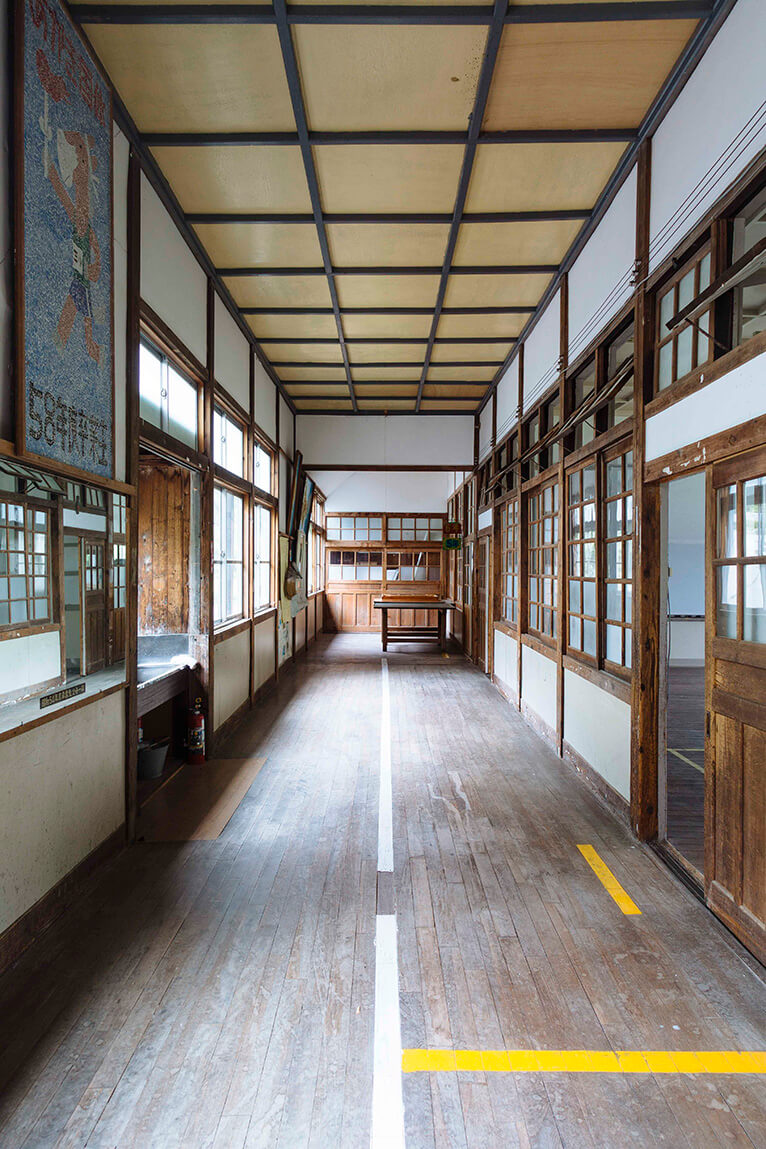Cycle of Light / Layers: Peat and Shapes of the Anthropocene Cycle of Light / Layers: Peat and Shapes of the Anthropocene
全ての環境の起源である湿地には、植物の堆積で1年に1ミリずつ形成された泥炭がある。かけがえのない時間と命の結晶の泥炭を見つめながら、自然の側から人の営みを眺めてみた。人が何かを自然から取り出し、人新世の地形ができた。泥炭が作った石炭を中世に掘った場所は湖になった。水力発電のために天然湖の上に人工湖が作られた。ありのままの湿原も少しずつ乾燥が進んでいる。ラムサール条約加盟10年の芳ヶ平湿原群、同じく加盟地の英国ノーフォーク州のブローズ、天空のダム湖の野反湖、その時間の形と泥炭の姿をとらえたい。
In wetlands, the origin of all environments, there is peat, formed one millimeter a year by plant deposition. While looking at the peat, which is the crystallization of irreplaceable time and life, I looked at human activity from the side of nature. Humans took something out of nature and created the landforms of the Anthropocene. The places where peat was dug in the Middle Ages for the coal it produced became lakes. Artificial lakes were built on top of natural lakes for hydropower. The pristine wetland is gradually drying up. I want to capture the shape of time and the peat in the Yoshigadaira wetlands, a 10-year member of the Ramsar Convention, the Broads in Norfolk, UK, which is also a member, and Lake Nozori, a dammed lake in the sky.
- エリア : AREA : 六合Kuni
- 会場 : VENUE : 旧長英の湯Former Choei Onsen











